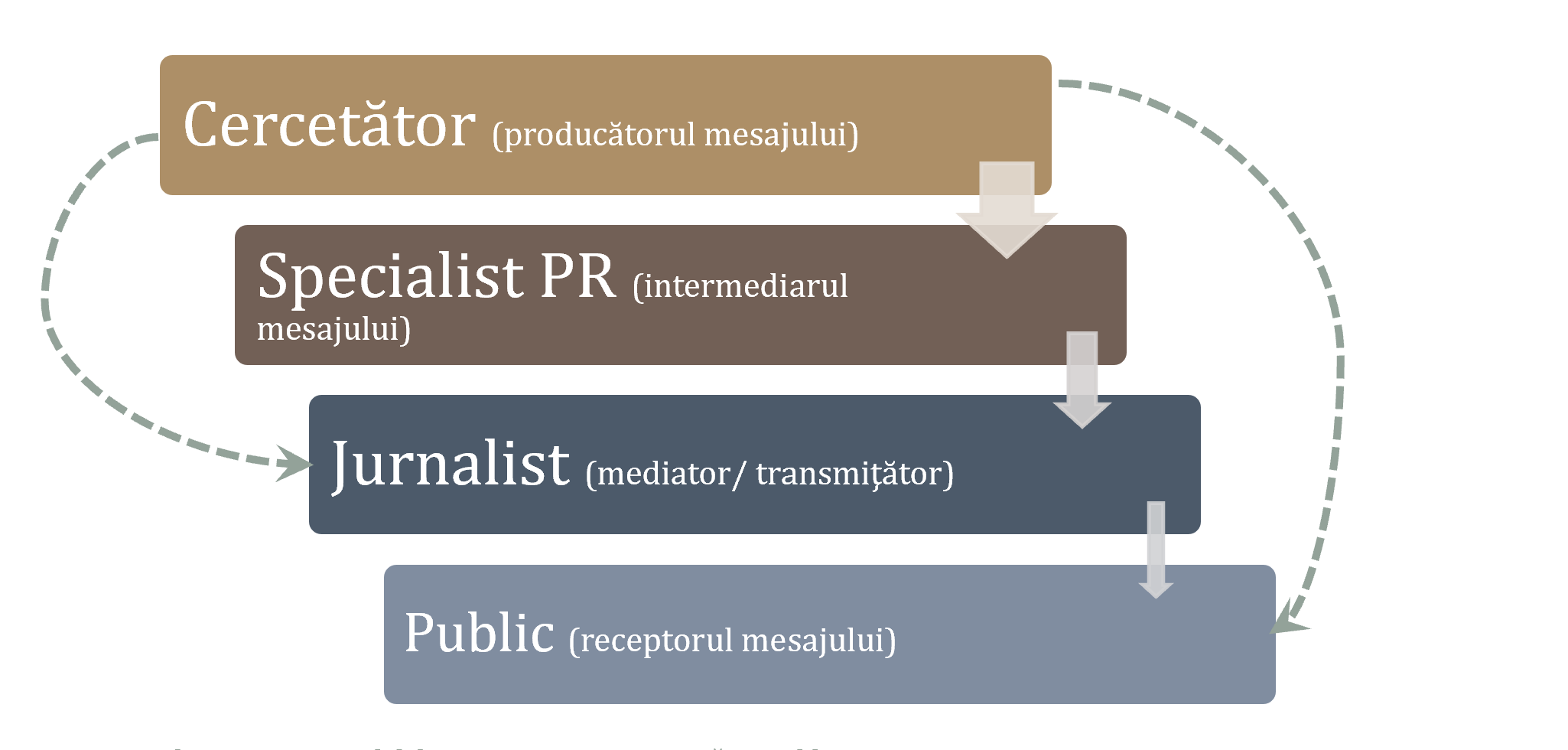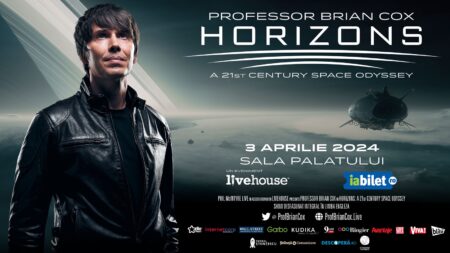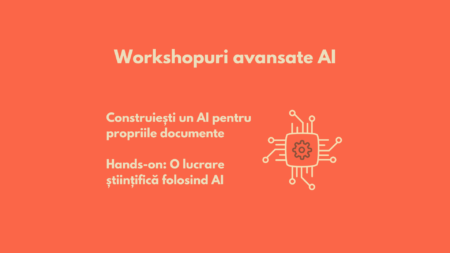In its most generous, comprehensive form, science communication involves an exchange of information between four actors: researchers - communicators - press - public.
To explain this exchange of information, in his book The Hands-On Guide for Science CommunicatorsLars Lindberg Christensen has proposed a linear communication model, in which information starts from the researcher and reaches the audience, passing through several stages of filtering and simplification - communication office and press.

In other words, information will always come from a researcher. Ideally, it will pass through the hands of a communications specialist or a press office, so that scientific information can be 'translated' and turned into something of interest to the general public. This is how most communications offices in academic or research institutions work - from Oxford to Max Planck Institute.
This is the model that I have set up at the "Alexandru Ioan Cuza" University of Iasi (see here some examples of articlesAnother example from Romania would be Babeș-Bolyai University of Cluj Communication Officewhich already has this communication practice standardised.
Information, whether brokered or not by a PIO, reaches the journalist, who has the role of mediator, but also a very important role of "tailoring" the message to the audience's taste. Journalists have first and foremost a responsibility to their audience, so if the message has not passed through the filter of a communication specialist, it will certainly be translated, explained, "tamed" at this stage. In the case of communication between journalists and researchers, it can often lead to a phenomenon of "media darlings" and over-saturation - there will be a few researchers, who have charisma and talent in communication, who are loved by journalists and become ubiquitous in the public space. Some examples would be Neil Tyson deGrasse, Brian Cox or, in Romania, the voice of earthquakes - the director of the National Institute for Earth Physics, Gheorghe Mărmureanu.
The final recipient of the message is the audience.
Thanks to the Internet, the ease of posting something on a blog or social media, there can also be a direct relationship between the public and researchers. Many researchers have either started their own social media accounts for the public on the topic of their research - Karen James about DNA; Dan Ariely about behavioural economics or podcasts - like this fascinating podcast about accents. YouTube, in turn, is a perfect channel for direct communication with the public, I even gave here an example in Romania, a project that I think has been abandoned in the meantime, but another interesting Youtube channel has surfaced, by Cristian Presură. An example of a blog from Romania is thisby the extremely popular biologist Dr Peter Lengyel.
To better understand the model, read the posts in the same series:
- Three possible models for science communication
- The relationship between researcher and communication specialist (1)
- What a communication specialist is for (2)
- The relationship between researcher and journalist (1)
- Ground rules for dealing with journalists (2)
- Direct researcher - public communication (1)





